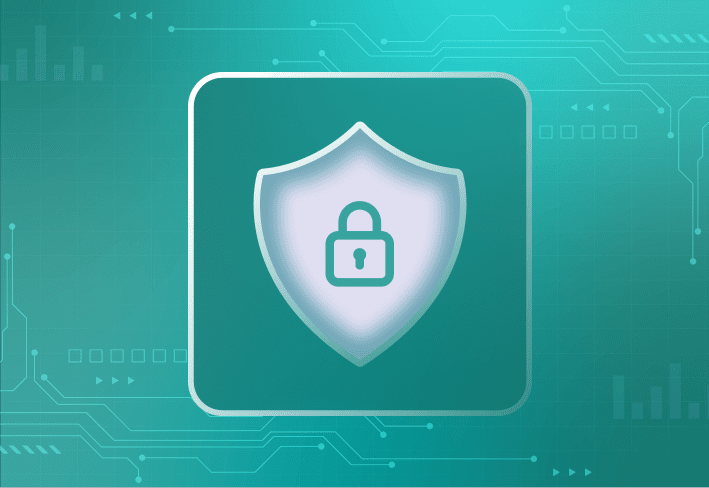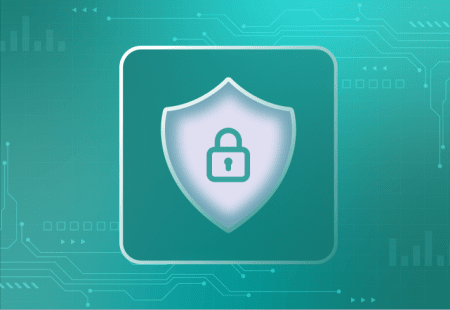When it comes to information security, organizations are only as strong as their weakest link — human users. That’s why some of the most common cyberattacks take the form of friendly emails “from the CEO” that target unsuspecting employees. This can be a real headache for already understaffed IT teams, who live in constant fear of a major data breach. One effective way to counter these threats is to build a strong security culture so that users can be trusted to make security-minded choices on their own.
What is security culture?
Information security in any organization relies on tools, processes, and people. Security culture focuses on the people aspect: the ideas, customs, and human behaviors that impact digital and data security. Simply put, it’s what people do on their work computers when no one’s looking. In an organization with a strong security culture, security best practices become second nature for employees.
How to build a strong security culture in the workplace
Building a strong cybersecurity culture in your workplace takes effort. Start by developing security policies that are easy to follow, making security training fun and engaging, and rewarding desired behaviors. And the results are worth the work — a positive security culture can be a powerful, self-sustaining line of defense against cyberthreats.
1. Simplify security guidelines
A good IT security policy should be comprehensive but communicated to users in a simple format that’s easy to understand. If you’re writing a security policy for non-technical readers, keep guidelines concise and avoid jargon. Better yet, use analogies and mnemonic devices to make them more relatable, less intimidating, and easier to remember.
2. Make security training bite-sized and engaging
Break training sessions into smaller parts that are easier to digest and take less time. Consider third-party security awareness training programs that use game-based learning and simulation tests to drive interest and participation. Instead of one-time presentations that no one remembers, security training should be an ongoing process that’s engaging, fun, and memorable.
3. Reward desired behaviors
Reward the user behaviors that you want to see — whether it’s completing security training modules or successfully reporting suspicious emails to the security team. The aim is to give users a sense of personal accomplishment when they make security-minded choices and encourage them to keep up the good work. Budget permitting, offer an assortment of perks and prizes that people would be excited to earn.
4. Make security a shared priority
Security should be a collective mission that involves every individual in the organization. And proactive IT teams play an important role in getting everyone on board. This includes getting support from senior management and recruiting information security advocates to help spread the message and create a shared sense of responsibility among employees.
5. Track and measure progress
How do you measure cybersecurity culture in your organization? Here are some ways to assess the strength of your security culture and track your progress.
Conduct surveys to establish a baseline and evaluate progress in terms of security awareness and behavior among employees.
Measure the frequency and participation rates of security training programs.
Measure the results of phishing simulation tests.
Monitor user behavior on work devices, systems, and networks.
Conduct regular risk assessments to evaluate your strengths and weaknesses over time.
Many third-party security training providers also offer useful tools and frameworks to set goals, chart your course, and keep you on track.
Why is a strong security culture important?
According to the World Economic Forum, 95% of cybersecurity issues are associated with human error. A strong security culture is important to protect businesses with a growing remote workforce, reduce confusion, and enable the success of security initiatives across the organization.
To protect a distributed workforce
The increase in remote work also comes with increased exposure to cybersecurity threats, and simply relying on antivirus software is not enough. By making security a constant priority, organizations can reduce the risk of user-related cyberattacks and data breaches. When employees feel accountable for shared security goals, they’ll naturally practice secure behaviors without being told — no matter where they are.
To reduce confusion
A strong security culture reduces confusion around what individuals should or should not do in any given situation. What precautions should you take when working in a public location? What’s the first thing you should do when you receive a suspicious email, regardless of who it's from? Should you hold the door open when someone you don’t recognize wants to follow you into the office building? When employees get clear, consistent guidelines, they’re less likely to act carelessly and risk a security incident.
To enable successful security initiatives
Security policies are only successful if employees follow them. And users are more likely to follow security best practices when they understand the why behind them — whether it’s developing good password habits or learning how to identify and report suspicious activities.
Common indicators of a strong security culture
According to cybersecurity experts, while every organization is different, there are some common indicators of a strong security culture.
Attitudes: Employees believe in the importance of security protocols and want to keep systems and data secure.
Behaviors: Employees support cybersecurity measures.
Cognition: Employees show they understand security issues, activities, and implications.
Communication: Anything security related is clearly communicated, and employees can easily report security issues and incidents.
Compliance: Employees know and follow organizational security policies.
Norms: Prioritizing security in all aspects of work is the norm and not the exception.
Responsibilities: Employees see that they play a crucial role in keeping the organization secure.
Even if you’re not quite there yet, it’s never too late to become a more security-minded organization. Just like developing a healthier immune system doesn’t happen overnight, building a strong security culture takes time, but every step in the right direction can go a long way.
In the meantime, there are other ways to make sure your environment stays secure and productive — like keeping your endpoints properly provisioned and up to date. SmartDeploy allows you to easily image, troubleshoot, and manage on-prem and remote Windows devices from a single location. Check out our guided demo to learn how you can quickly deploy clean, custom Windows OS images and software updates to any PC make or model. Or download a free 15-day trial and try it for yourself.



